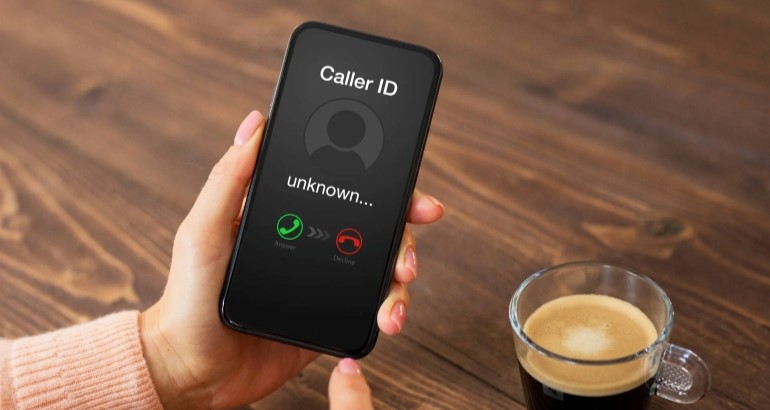Neighbor spoofing: Familiar Strangers

- Online threats
- VPN





Overview
Have you ever received a phone call that showed a number similar to your area, or even possibly someone you know, but when you answered it was a stranger's voice, trying to sell you some product or service, or asking for your personal information? If you have had such an experience, then you may have been a victim of neighbor spoofing.
Contents
What is the purpose of neighbor spoofing?
How to prevent and deal with neighbor spoofing?
What is neighbor spoofing?
Neighbor spoofing is a method of phone scamming that uses a technique called caller ID spoofing, which means scammers can fake the number they use to call someone and make it appear on the other person's phone. This way, they can make the other person think it is a trustworthy source, such as a friend, a local business, a government agency or a charity organization, and increase the likelihood of them answering the phone.
What is the purpose of neighbor spoofing?
The purpose of neighbor spoofing is to obtain the other person's personal information, such as name, address, bank account, social security number, etc., or to induce them to buy some fake or low-quality products or services. This information and money may be used for further scamming activities, such as identity theft, credit card fraud, extortion, etc. Neighbor spoofing not only causes trouble and loss to people, but also creates a trust crisis for the phone communication system.
How to prevent and deal with neighbor spoofing?
① Do not easily answer unfamiliar or suspicious calls
If you do not recognize the incoming number, or if the incoming number is similar to your area but does not show a contact name, it is better not to answer. If you accidentally answer, do not believe what the other person says, especially if it involves personal information or money.
② Do not call back missed calls
Sometimes, scammers will deliberately hang up the phone, making you think you missed an important call, and tempt you to call back. This way, they can charge you high fees for the call, or use the opportunity to scam you.
③ Use caller ID identification and blocking software
Some mobile applications can help you identify and block suspicious or harassing calls, such as Truecaller, Hiya, etc. These applications can judge whether the incoming number is reliable based on user feedback and database, and give corresponding tips or warnings.
④ Report suspicious or harassing calls
If you receive neighbor spoofing or other types of phone scams, you can report them to the local police station or relevant department, and provide as many details as possible, such as the incoming number, call time, call content, etc. This can help the relevant department track and crack down on scamming activities and protect other people from harm.






